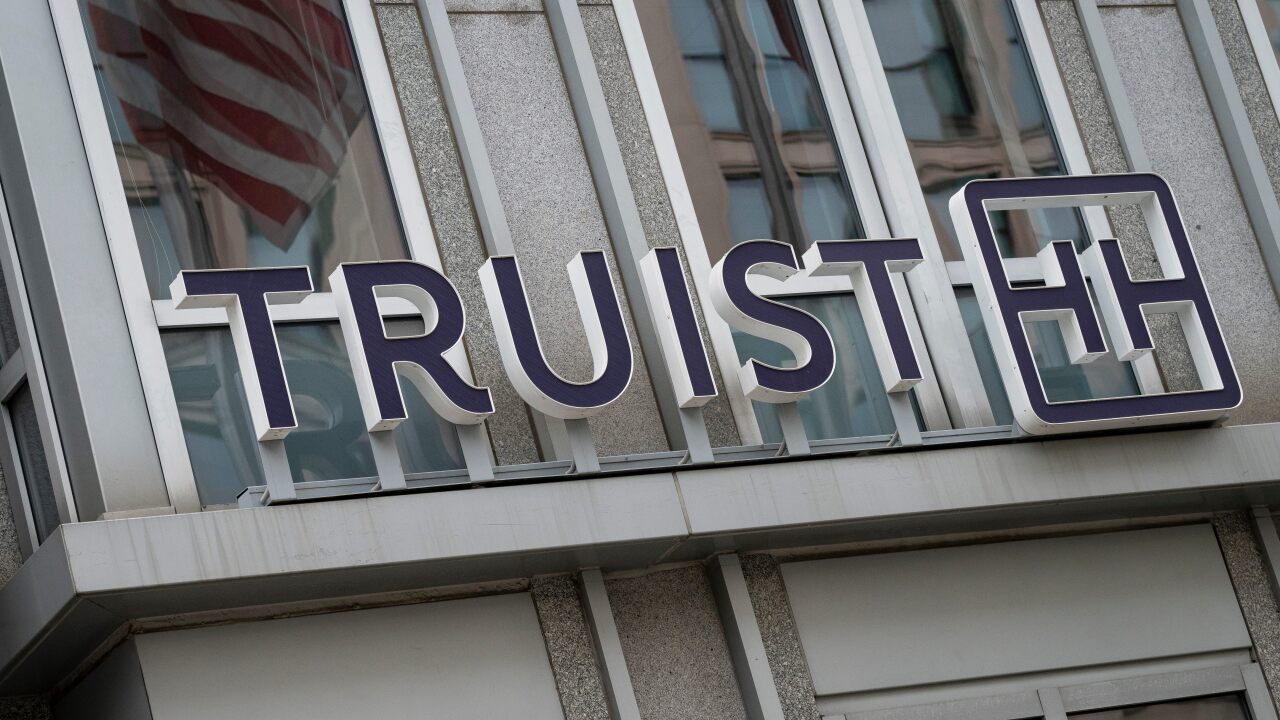The Federal Reserve Bank should support the practice of full-field repair of rejected paper checks, an initiative that would reduce the cost and improve the efficiency of our payments system.
Full-field repair refers to the practice of replacing the entire magnetic ink character recognition lines on rejected checks that are rejected. The MICR line encompasses four reference numbers: the bank's American Bankers Association's number, the checking account holder's checking-account number, the check number, and, finally, the dollar amount of the check.
Rejects are a growing problem. In the past five years, the number of rejects in our payments system has increased by more than 20%. Rejects cost money to process and contribute to more than one-half of the industry's out-of-balance situations.
At First Union, a reject costs 10 times as much to process as a check that reads. While we do a good job of controlling rejects on work we encode, we seem to be losing the battle on checks received from the Fed. Our reject rate on work received from the Fed is almost twice the reject rate from work processed through our branches.
The rate is high because of the rules that govern how the industry corrects rejected transit checks, or checks that are drawn off accounts held at other banks.
At any bank, on-us items - checks drawn on accounts that reside within the bank - are full-field repaired. After all, do you think they put those numbers on the bottom of checks for no meaningful reason? Many transit items are not full-field repaired. Only the ABA number and dollar amount of the MICR line are corrected.
This double standard exists because the Fed, which handles about 50% of the industry's transit items, only needs the ABA number and the dollar amount to do its job. But when this corrected reject gets to the paying bank, it is rejected again because vital information contained in the rest of the MICR line - the account holder's checking account number and the check number - is missing.
Banks receive their items from the Fed, from a clearing house, and from their customers. Most clearing houses already have established rules encouraging full-field repair of exchanged items. These rules were implemented once it was determined that it is a lot less expensive to fix a rejected item once than it is to have the item be rejected twice and be fixed twice. What remains to be resolved is the issue of rejects received from the Fed.
The Fed is considering punitive pricing to its bank members that have high reject rates. Perhaps the Fed should take steps to reduce everyone's rejects before it implements a punitive pricing fee to its members.
I would ask the Fed to support the two following general rules:
- If an item rejects on the Fed's high-speed equipment, it should be repaired. If an item rejects on the Fed's equipment, the chances are good that it will reject on a receiving bank's equipment. Today the Fed operates under a double standard for repairing rejects. It will repair rejects going to another Fed bank for subsequent processing, but tends not to repair rejects going to its member banks as inclearings. The Fed needs to review its current procedures and make efforts to correct all of its rejects rather than passing problems along to its member banks.
- ABA numbers and dollar amounts must be repaired. The other information - account numbers and check numbers - should be repaired when convenient or when it can be repaired without an operator's intervention. Our intention is not to add unnecessary cost to the processing bank, but to reduce cost at the paying bank. This new process would result in a greater number full-field repaired items and significantly reduce the number of rejects at the paying bank and the overall cost of our payments system.
If the Fed would support and implement these standards, the efficiency of our payments system would be improved and the Federal Reserve Bank would once again competently fill its role as the head of our payments system.
Mr. Swords is a senior vice president at First Union National Bank, Charlotte, N.C.





